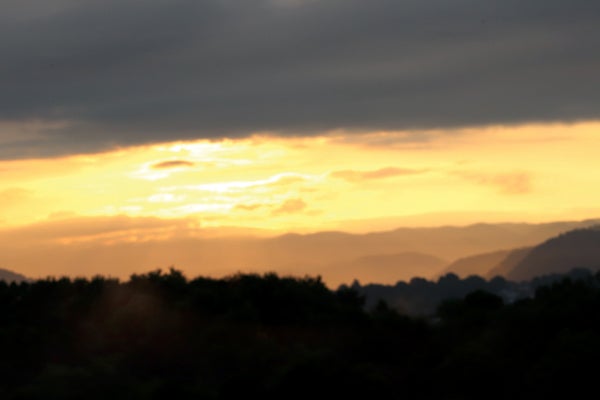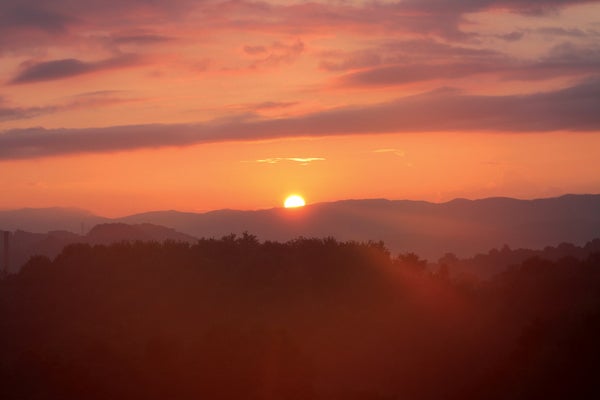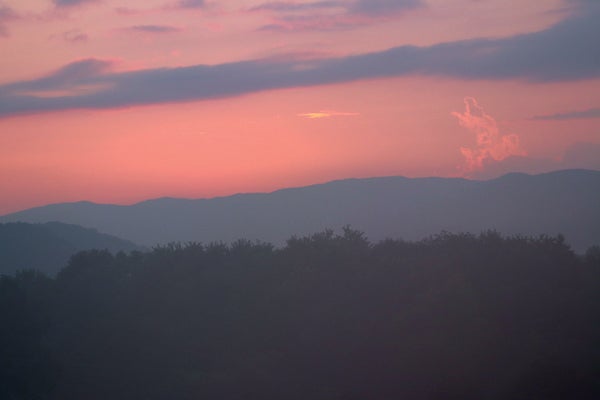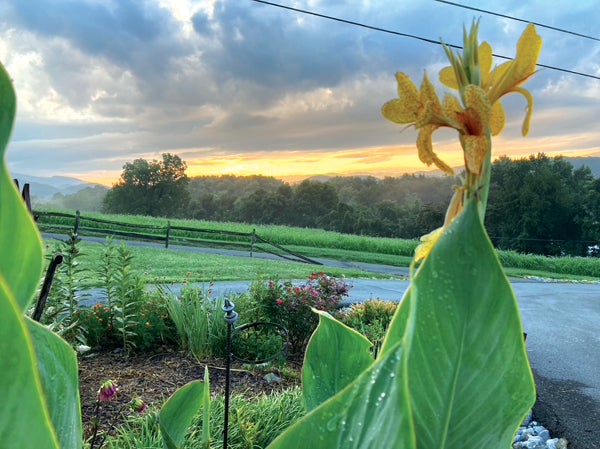Catching the colors of the sun rising in the sky
Published 2:26 pm Friday, August 21, 2020
1 of 5
|
Getting your Trinity Audio player ready...
|
There’s nothing more beautiful than sunrise, especially when different colors are dancing in the sky.
“Red sky at night, sailor’s delight. Red sky in morning, sailor’s warning.”
Within limits, there is truth in this old wive’s tale.
Shakespeare said something similar in his play, Venus and Adonis. “Like a red morn that ever yet betokened, Wreck to the seaman, tempest to the field, Sorrow to the shepherds, woe unto the birds, Gusts and foul flaws to herdmen and to herds.
In the Bible, (Matthew 26: 2-3,) Jesus said, “When in evening, ye say, it will be fair weather: For the sky is red. And in the morning, it will be foul weather today; for the sky is red and lowering.”
Weather lore has been around since people needed to predict the weather and plan their activities. Sailors and farmers relied on it to navigate ships and plant crops.
Some of the most picturesque clouds occur close to sunrise and sunset when they can appear in brilliant yellows, oranges and reds.
In order to understand why “Red sky at night, sailor’s delight. Red sky in morning, sailor’s warning” can predict the weather, we must understand more about weather and the colors in the sky.
Usually, weather moves from west to east. In the mid-latitudes, the prevailing winds are westerlies. This means storm systems generally move in from the west.
Also, as light enters the atmosphere, it refracts with the greatest bend in its path near the earth’s surface where the atmosphere is most dense.
The colors we see in the sky are due to the rays of sunlight being split into colors of the spectrum as they pass through the atmosphere and ricochet off the water vapor and particles in the atmosphere. The amounts of water vapor and dust particles in the atmosphere are good indicators of weather conditions. They also determine which colors we will see in the sky.
During sunrise and sunset the sun is low in the sky, and it transmits light through the thickest part of the atmosphere. A red sky suggests an atmosphere loaded with dust and moisture particles. We see the red, because red wavelengths (the longest in the color spectrum) are breaking through the atmosphere. The shorter wavelengths, such as blue, are scattered and broken up.
According to the National Weather Service, when we see a red sky at night, this means that the setting sun is sending its light through a high concentration of dust particles. This usually indicates high pressure and stable air coming in from the west. Basically good weather will follow.
A red sunrise can mean that a high pressure system (good weather) has already passed, thus indicating that a storm system (low pressure) may be moving to the east. A morning sky that is a deep, fiery red can indicate that there is high water content in the atmosphere. So, rain could be on its way.
This is what gives us the amazing sunrises and sunsets we universally know and love.
Michael Klaus, minister at First Christian Church, never rides without a camera, and one of his favorite subjects to photograph are sunrises and sunsets. On a recent morning, Klaus captured some photos of the rising sun at the Meredith Valley Farm…and all the colors occurred within one sunrise in one hour, beginning with a hazy yellow sunset over green fields and moving to a yellow and gray sky.
The next time you spot a spectacular sunrise or sunset, keep the “red sky” proverb in mind and you’ll become a pro at forecasting the weather in no time!









